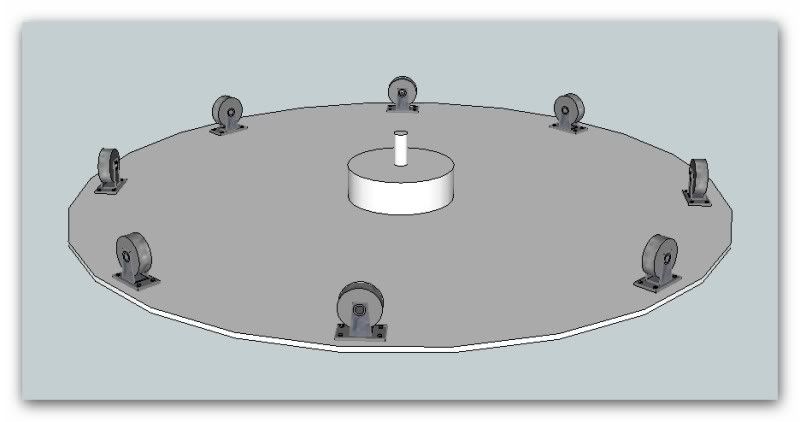Alan Holtham
Established Member
Can anyone suggest where I can get a large diameter lazy susan type of bearing :?:
I need one about 1 metre in diameter. I have to make a revolving summerhouse for a magazine project and am struggling on this bit. I could make my own from mdf and ball bearings but am concerned about the durability with regard to wear and weather.
Any ideas would be much appreciated so thanks in advance,
Cheers,
Alan
PS To all of you who volunteered your workshops for my book project, I am slowly working round them but it is a much bigger project than I thought (what's new!). If you are on my list I shall get to you eventually.
I need one about 1 metre in diameter. I have to make a revolving summerhouse for a magazine project and am struggling on this bit. I could make my own from mdf and ball bearings but am concerned about the durability with regard to wear and weather.
Any ideas would be much appreciated so thanks in advance,
Cheers,
Alan
PS To all of you who volunteered your workshops for my book project, I am slowly working round them but it is a much bigger project than I thought (what's new!). If you are on my list I shall get to you eventually.






